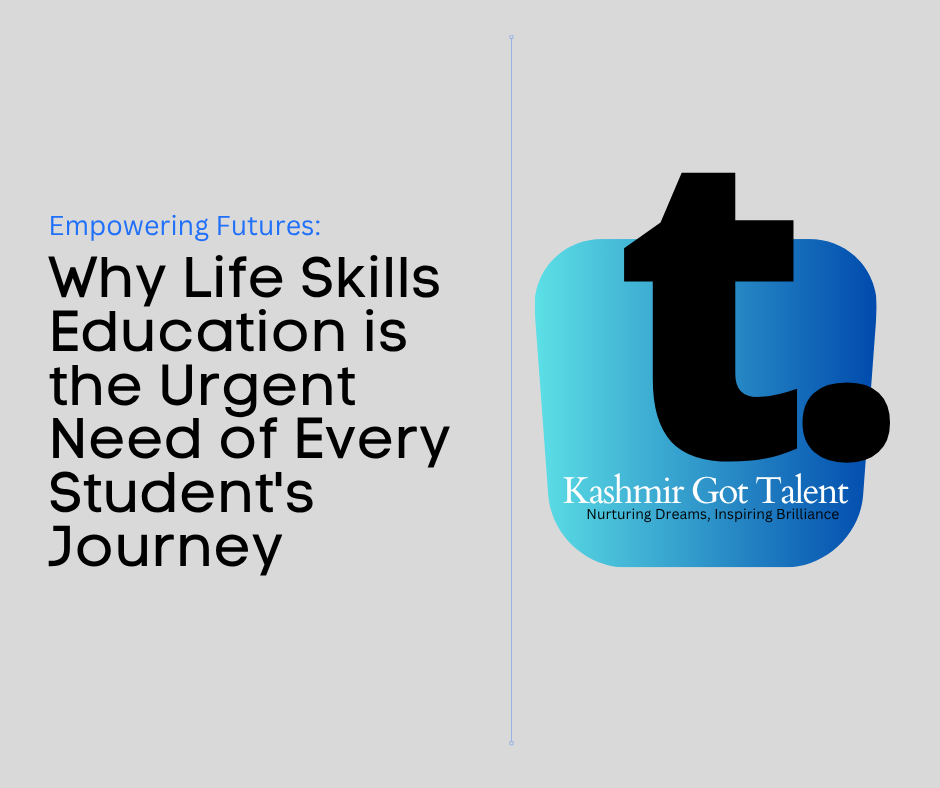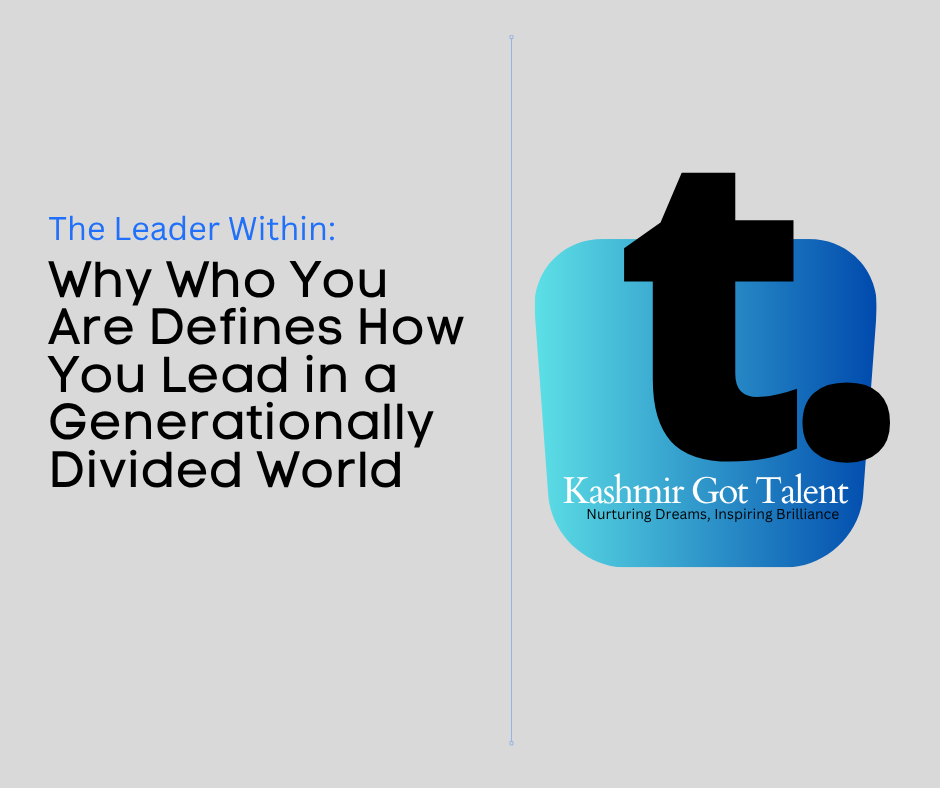Understanding Leadership Development: Why It’s Critical for Organizational Growth
In the modern, fast-paced business world, leadership development has become a necessity, not just an option. Effective leaders shape organizations, drive innovation, and inspire teams to achieve extraordinary results. But what exactly does leadership development mean, and why is it so vital?
Leadership development refers to the process of enhancing the skills, knowledge, and abilities of individuals to help them become more effective leaders. This includes a wide range of activities, from formal training programs to hands-on leadership experience, with the ultimate goal of creating leaders who can navigate complex challenges and inspire teams to success.
Urgency in developing leaders has never been higher. Organizations that neglect leadership growth are at risk of stagnating, losing competitive edge, and watching their best talent leave for companies that prioritize leadership excellence. If your leadership development strategy isn’t in place, you are losing out on your greatest asset: your people.
Why Is Leadership Development So Crucial?
The world is evolving, and so are the demands of leadership. Effective leadership drives high performance, enhances employee engagement, and increases retention. However, poor leadership can lead to low morale, disengagement, and higher turnover rates.
The importance of leadership development includes:
-
Improved Decision Making: Leaders who undergo development are better equipped to make strategic decisions that impact the bottom line.
-
Increased Employee Engagement: Leaders who are developed in emotional intelligence, communication, and empathy, can connect better with their teams, which leads to greater motivation and productivity.
-
Attracting and Retaining Top Talent: Leadership development is a crucial aspect of attracting and retaining high performers. When employees see opportunities to grow, they are more likely to stay with the company.
-
Sustaining Growth and Innovation: In the competitive business environment, continuous leadership development ensures that the organization has a pool of capable leaders who can innovate and adapt to market changes.
Examples of Leadership Development Goals: Setting the Right Path for Your Leaders
Setting clear leadership development goals is essential to fostering growth within your organization. Without specific goals, there is no way to track progress or measure success. Below are several key examples of leadership development goals that can significantly enhance leadership capacity and organizational performance:
1. Improve Communication Skills
Effective communication is one of the cornerstones of strong leadership. Leaders must be able to communicate effectively with their teams, clients, and stakeholders. This includes listening actively, conveying ideas clearly, and adapting communication style based on the audience.
Goal Example:
-
Attend communication training workshops to learn advanced listening skills and active feedback techniques.
-
Set a target to hold weekly team meetings that foster open communication and transparency.
2. Develop Emotional Intelligence
Emotional intelligence (EI) is a leader’s ability to understand, manage, and use emotions to guide thinking and behavior. It helps leaders respond to challenges, handle stress, and make better decisions while understanding others’ emotions and perspectives.
Goal Example:
-
Engage in EI training, including self-awareness and empathy-building activities.
-
Actively seek feedback from peers and team members to enhance your emotional intelligence.
3. Build Conflict Resolution Abilities
Conflicts are inevitable in any organization, but how leaders handle them can significantly impact team dynamics. Developing conflict resolution skills is crucial for maintaining harmony, trust, and productivity within the team.
Goal Example:
-
Complete conflict resolution and negotiation training.
-
Lead at least two conflict resolution initiatives within the team to practice and refine skills.
4. Strengthen Decision-Making Abilities
Leaders are often tasked with making difficult decisions that affect the future of the organization. It’s vital to enhance their decision-making skills, particularly in high-pressure situations. Effective leaders weigh the pros and cons and involve their team members to make informed, rational decisions.
Goal Example:
-
Complete a leadership decision-making course.
-
Set a goal to make at least five significant decisions in a leadership role and evaluate the outcomes.
5. Cultivate Strategic Thinking and Vision
Being able to think strategically and develop a long-term vision is vital for any leader. Leaders who can see beyond the immediate challenges and envision a better future can guide their organizations toward sustainable growth.
Goal Example:
-
Develop a 5-year strategy plan for the department or team, aligning it with the company’s long-term goals.
-
Engage in regular brainstorming and strategic planning sessions with senior leadership.
6. Enhance Team Building and Collaboration Skills
Leadership development isn’t just about individual growth; it’s also about creating a collaborative environment where teams can thrive. Leaders should develop the ability to unite diverse team members and foster a sense of shared purpose and respect.
Goal Example:
-
Lead team-building exercises and group projects that focus on collaboration and mutual support.
-
Implement and track progress on team dynamics and collaboration metrics.
7. Improve Delegation and Time Management
Effective leaders must delegate tasks appropriately and manage their time efficiently. Leaders should know how to identify tasks that can be delegated, allowing them to focus on higher-level strategic goals.
Goal Example:
-
Delegate at least 20% of current tasks to team members to allow focus on leadership duties.
-
Organize weekly reviews of personal time management and delegation effectiveness.
The Urgency to Take Action: Leadership Development Cannot Wait
The need for leadership development is urgent. The businesses that continue to thrive in the coming years will be those that prioritize developing their leadership teams now. The risk of neglecting leadership development is high turnover, low employee morale, and an inability to scale effectively.
As a business leader, you must urgently implement a leadership development strategy, including the above goals, within your organization. The benefits are immeasurable: better decision-making, more engaged employees, and higher organizational success. But this requires commitment, time, and dedication.
Don’t let your competitors outpace you. Invest in leadership development NOW, or risk falling behind. The leaders of tomorrow are the ones who are trained today. Will you lead the charge, or will you let your talent slip away?
Conclusion: Leadership Development is a Journey, Not a Destination
Leadership development is a continuous process of growth, improvement, and adaptation. It is not a one-time training program; it is a commitment to lifelong learning and development. Organizations that nurture and invest in their leaders will always outperform those that don’t.
Take immediate action by setting clear leadership goals and investing in the development of your leadership team. It’s not just about being a good leader today—it’s about developing the leadership skills that will drive success tomorrow.
Now is the time to act. Revolutionize your leadership development strategy and watch your organization rise to new heights.








